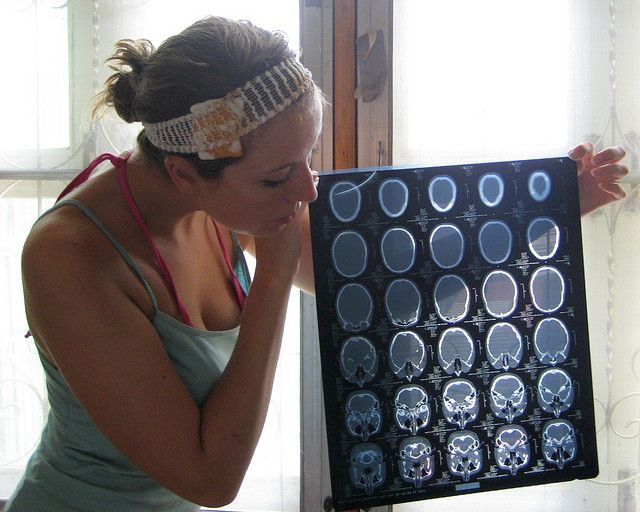The Brain's Hippocampus Is Central To Shaping Memories, Creates Distinct Patterns Between Time And Space

Memory traces in the brain correlate to the time and place of real world events inspiring them, a new Ohio State University study finds.
In the anterior hippocampus, “neural activity patterns associated with two remembered experiences were more similar if they were closer in space in time and less similar if they were farther away in space and time,” Dr. Per Sederberg, an assistant professor in the department of psychology, told Medical Daily in an email. These results provide compelling evidence, Sederberg and his colleagues say, that a pattern of spatiotemporal organization exists to catalog our memories across a lifetime.
Even more, the new study supports “the emerging view that the anterior, as opposed to posterior, hippocampus integrates distinct experiences, thereby providing a scaffold for encoding and retrieval of autobiographical memories on the scale of our lives,” wrote the authors in their published research.
The Mighty Sea Horse
A key function of the hippocampus, the sea horse-shaped brain structure located beneath the cerebral cortex, is to transfer information into memory storage. No better proof of its importance to recollection exists than the fact that this brain region is among the first to degrade as a result of Alzheimer’s disease. Although memory may be its most important function, the hippocampus also plays a role in our ability to navigate the world. A Nobel Prize winning discovery proved specific cells in the rodent hippocampus fire in specific spatial locations, but is the same true of humans?
To answer this question, Sederberg and his colleagues designed a unique experiment. They enlisted the help of nine women between the ages of 19 and 26. Each participant wore a smartphone strapped around her neck for one month as she went about her daily activities in the Columbus, Ohio region. Meanwhile, a lifelogging software app took photos and recorded global positioning system (GPS) coordinates, timestamps, and other data. Over the course of the month, the phones snapped an average of 5,400 images for each woman.
Next, the researchers selected 120 images for each participant. Lying in the bed of an fMRI scanner, the participants watched as 120 photographs appeared, in turn, on a screen. As requested by the researchers, the participants tried to remember the event depicted in each photo and relive the experience in their mind for eight seconds. After the women completed this task, the researchers compared fMRI scans for pairs of images from each participant.
What did they discover?
Each time a participant remembered an experience, many parts of her brain “lit up,” but different memories created distinct patterns of activity. The more unalike two memory prompts were, the greater the contrast between activity patterns in the left anterior hippocampus. Importantly, memories of events happening further apart in time and space created the most unalike patterns, while those nearer in time and space created the most similar patterns.
Representations in the left anterior of the hippocampus aren’t the totality of a memory, the researchers say. Instead, these patterns are a broad picture of where and when something occurred. The more detailed memory elements require the participation of the posterior of the hippocampus and other brain regions.
“We didn't compare whether the memories were stronger after actively trying to remember them than just passive-viewing of the images,” Sederberg said. “Given this work, I would indeed suspect that actively engaging with remembering the episode would improve long-term memory for it.”
Source: Nielson DM, Smith TA, Sreekumar V, et al. Human hippocampus represents space and time during retrieval of real-world memories. PNAS. 2015.



























